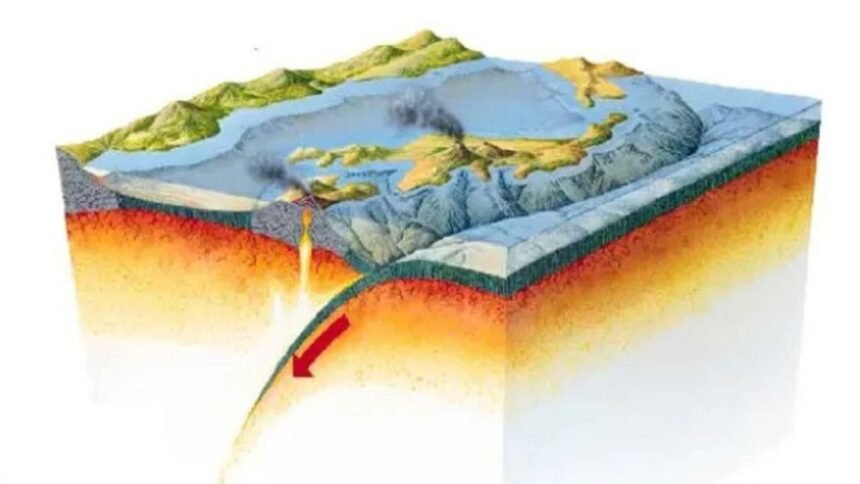A massive earthquake measuring 8.8 on the Richter scale struck near Russia’s Kamchatka Peninsula on Wednesday at 11:25 a.m. local time (23:25 GMT), sending powerful tsunami waves across the Pacific Ocean. The first waves have already reached the shores of Hawaii and California, according to monitoring agencies.
The quake, one of the strongest recorded in recent years, occurred in a geologically active region where tectonic plates constantly collide. According to the British Geological Survey, the tsunami was triggered by a sudden tectonic shift deep beneath the ocean floor, a result of complex movements involving the Pacific Plate and the smaller Okhotsk microplate.
Experts explain that Earth’s outer shell is divided into massive tectonic plates. Off the coast of Kamchatka, the Pacific Plate—a dense, oceanic plate—is gradually subducting beneath the Okhotsk microplate. As it sinks into the Earth’s mantle, friction builds over time. When this friction is suddenly released, it causes a megathrust earthquake, a type of seismic event known for its immense power and potential to cause tsunamis.
This sudden shift uplifts the ocean floor, displacing a massive volume of water. The displaced water then spreads rapidly in all directions—creating the tsunami.
Although Kamchatka is remote, its underground dynamics have global reach. Authorities in coastal regions across the Pacific, including the United States, Japan, and Pacific island nations, immediately issued tsunami alerts. Emergency response units remain on high alert, and evacuations have been carried out in vulnerable areas.
So far, no major casualties or damage have been reported along U.S. shores, but officials warn that secondary waves may follow.
Historically, megathrust earthquakes like those in Chile, Alaska, and Sumatra—the latter causing the devastating 2004 Indian Ocean tsunami—have demonstrated the destructive potential of such events. Wednesday’s quake now joins the list of seismic events with global implications.
Geologists continue to monitor the situation closely, while emergency services advise populations in coastal zones to remain cautious.







